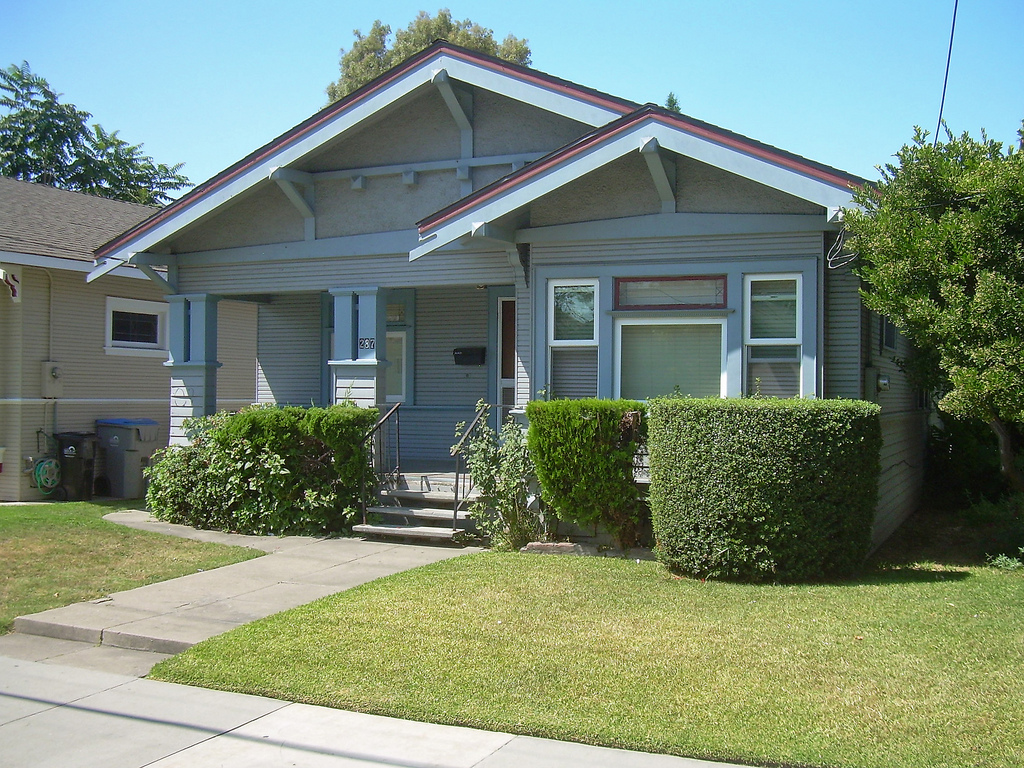Are you upside on your second mortgage? You are still responsible for making the payments, according to a recent U.S. Supreme Court ruling. The court ruled that bankruptcy cannot strip second mortgages, a practice that some bankruptcy filers hope to accomplish.
However, the ruling could be considered a win for both future borrowers and the financial institutions making the loans.
In a unanimous decision June 1, the court agreed with Bank of America (the lender that held the second mortgage – or lien – in the legal proceeding) that debtors could not discharge that debt. Justice Clarence Thomas delivered the court opinion, reversing the previously court decisions.
At the heart of the issue was if the second mortgage was secured. The homes in question were already worth less than their first mortgage. The second mortgage, therefore, was entirely underwater (or not backed by the value of the home).
In both instances, the homeowners filed Chapter 7 bankruptcy and sought to rid themselves of both the first and second mortgage. The judges in lower courts ruled based on precedence that borrowers were able to void (or “strip off”) entirely underwater mortgages as unsecured debt. The Supreme Court reversed that decision, stating that the value of the property did not determine whether a home loan is secured.
While it may only to be viewed as a win for financial institutions offering loans, this should also be beneficial to current home owners. A ruling in favor of the homeowners could have been a blow to lending institutions and made obtaining a second mortgage more difficult. Instead, the court is supporting institutions that make riskier loans to individuals by affirming them as secured debt.

